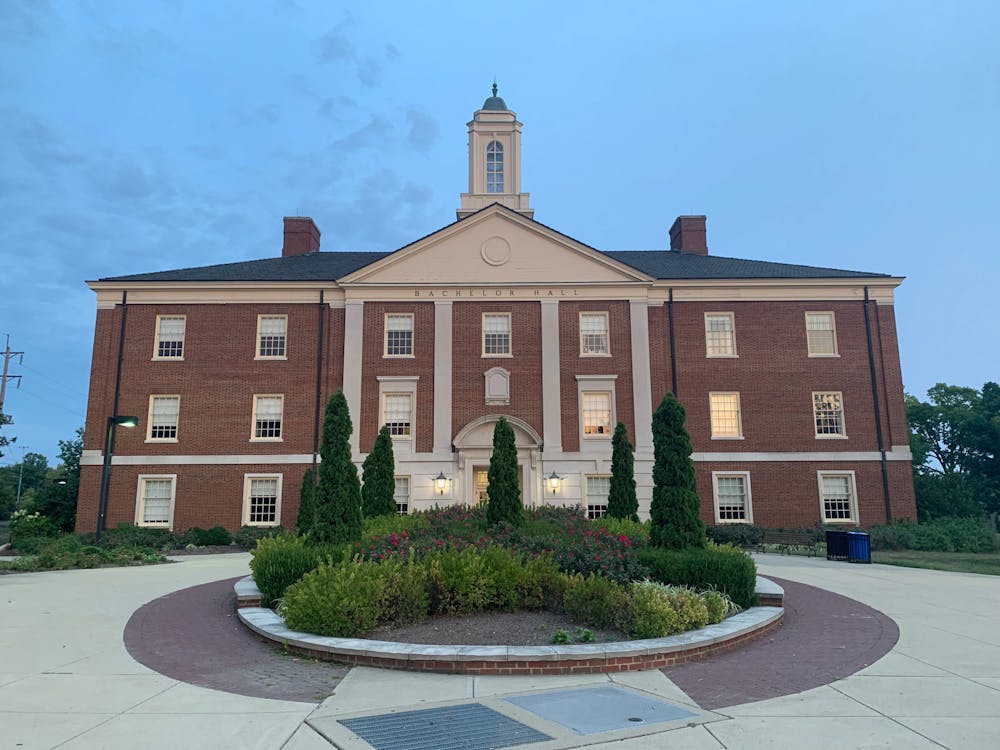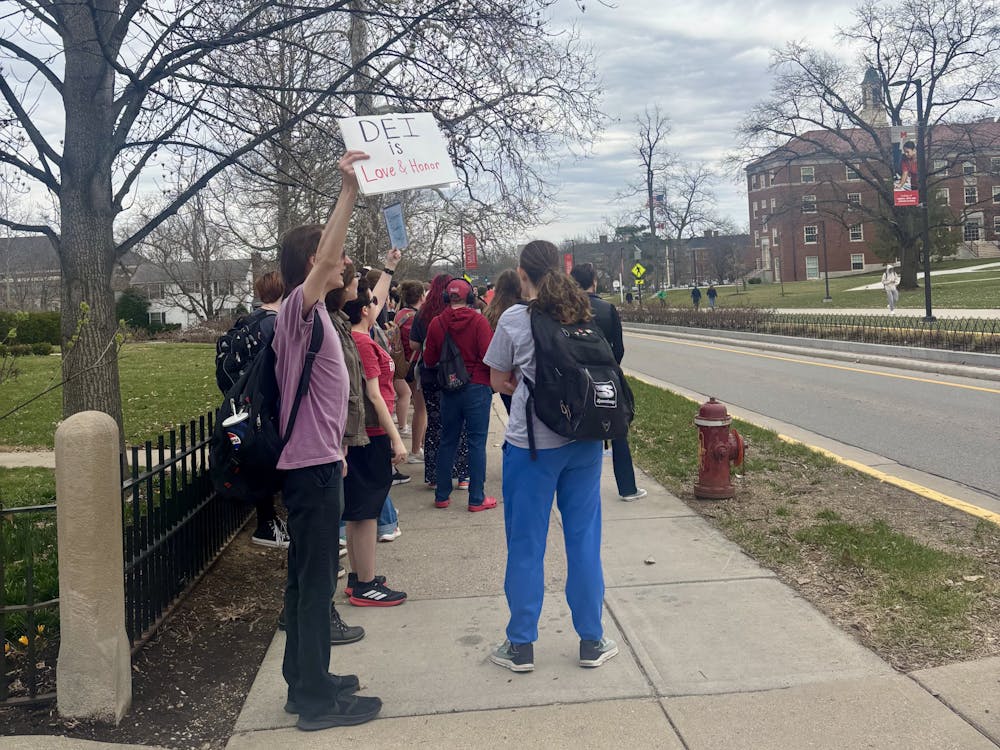Lines winding out of Pulley Diner. Hordes of students lined down Maplestreet, waiting for food in Maplestreet Commons. A human wall starting at Sumeshi around lunch time. Two hour waits at Red Zone.
For many students, this congestion hasn’t been seen since before the pandemic. But with understaffed dining halls and the return of the full student population to campus, they are now forced to wait in long lines to get food to eat.
Geno Svec, executive director of Campus Services and chief hospitality officer at Miami, wrote in an email to The Miami Student that a number of factors could have contributed to the increase in dining lines this semester.
“This is the largest class in the history of Miami University, and we also have many second-year students that did not live on campus last year,” he wrote. “We have two classes that are learning their way around campus.”
However, Svec also thinks that things will get better in the coming weeks.
“I am aware that we experience lines during our peak periods, but this is not unusual during the first several weeks of the semester,” Svec wrote. “Students are learning [the layout of] campus and as they explore more, they will find other options for meals which will balance out the business.”
In the meantime, students have had to deal with challenging meal situations. Sophomore diplomacy and global politics major Caitlin Zawodny described how she has struggled with getting food conveniently.
“I usually don’t get food at Armstrong even though I have the meal plan with 1,100 declining dollars,” Zawodny said. “I can only spend them in the markets, and with the Greystone [the market at Western dining hall] being closed and the lines at Emporium, I’ll head over to McCracken to stock up on groceries.”
She also said the long waits for food have changed her eating habits.
“I legit [sic] eat dinner — I straight up don’t eat lunch or breakfast most days,” she said. “I don’t eat those meals because you have to commit an hour of your day to go wait in Armstrong, and if you only have the meal plan where it’s seven swipes a week, you want to save those for dinner.”
Sophomore finance major Daniel Weaver has also had problems with getting food.
“We got to Pulleys one night, and the line extended past the booths in the diner, but it was later at night so it was the only place that was open,” Weaver said. “We stuck in line and waited for food, but it was probably a 30 minute line and it took them another 40 minutes to prepare our food because they were so backed up.”
Enjoy what you're reading?
Signup for our newsletter
Henry Pierce, a sophomore computer science major, wasn’t too bothered by the long lines on campus.
“I mean honestly, it's not that bad,” he said. “I live in Etheridge, which is right next to Maple. And there's almost always a line out the door there, so I usually end up coming here to Western because there's not nearly as much of a line.”
Western is farther from his dorm than Maple, but Pierce said the walk wasn’t the end of the world.
“I guess it's a little inconvenient, but it's not that big a deal,” he said.
Yaw Osei-Tutu, a first-year biology major, said he tries to avoid lines by eating at less popular times of the day.
“Well, because [the lines] can be pretty bad, so I try to go at a weird time and I feel like I've gotten pretty lucky,” he said. “Pretty much every time I go there's not really any line, and then I'm ordering my food, I look behind me, and a line spawns out of nowhere.”
Weaver said he thinks the university should prioritize the dining hall issues.
“This is a textbook supply and demand problem,” he said. “Maybe delaying the construction of a building for a year or making a dining hall donation fund could raise money, get more staff and reduce lines. 30 minutes is one thing, two hours is another.”
Svec thinks the issue can be resolved with time and hard work.
“We continue working to hire exceptional staff, full-time and students, who are a critical part of keeping the operations working at full capacity,” Svec wrote. “As we strengthen our team we are hopeful that we will be able to better serve our guests and that this nationwide challenge will move in a positive direction.”




